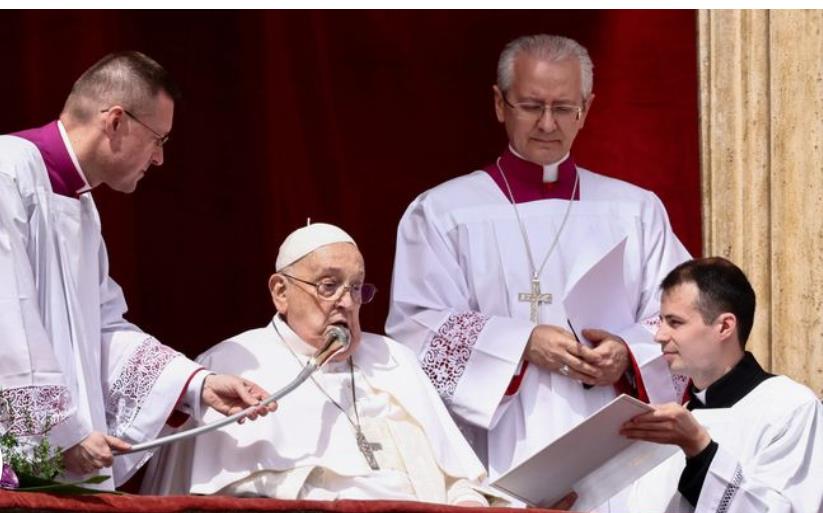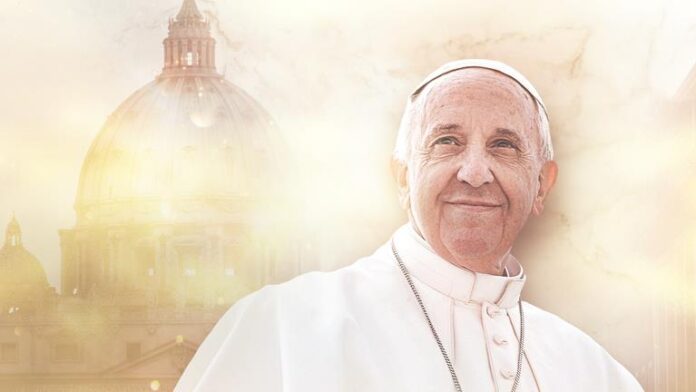The head of the Catholic Church and sovereign of the Vatican City State, Pope Francis, has died aged 88.
Born Jorge Mario Bergoglio in Buenos Aires, Argentina, he was the first pope from the Americas and Southern Hemisphere. He succeeded the retiring Pope Benedict XVI on Wednesday, 13 March 2013.
Breaking the news of the pope’s death to the world on Easter Monday, 21 April 2025, Cardinal Kevin Ferrell said:
At 7:35 this morning, the Bishop of Rome, Francis, returned to the home of the Father. His entire life was dedicated to the service of the Lord and of his Church.
He taught us to live the values of the Gospel with faithfulness, courage, and universal love, especially for the poorest and most marginalised.
With immense gratitude for his example as a true disciple of the Lord Jesus, we commend the soul of Pope Francis to the infinite, merciful love of God, One and Tribune.
On Easter Sunday, 20 April 2025, Pope Francis surprised the world by making an appearance at the main balcony of St. Peter’s Basilica and delivered his final public message and blessing to the Vatican City and the world.
His death, occurring after a struggle with poor health including pneumonia in both lungs, now turns the world’s attention to the church’s centuries-old ritual of choosing a new Bishop of Rome.

Below is how the new leader of the Roman Catholic Church will be elected in the coming days in the most secretive democratic process in the world:
- A college of cardinals under 80 gathers in the Sistine Chapel at a meeting called the Papal Conclave to vote in secret ballots.
- The cardinals, chosen by the pope, are bishops and Vatican officials.
- The cardinals are locked in seclusion in the Sistine Chapel to avoid political interference in the election of a new pope. They are not allowed to leave the chapel until a new pope has been elected.
- There are currently 252 Catholic cardinals, 138 of whom are eligible to vote for the new pope. A total of 110 were appointed by Pope Francis.
- A two-thirds supermajority vote is required to elect the new pope.
- Four ballots are cast daily by the cardinals until a candidate receives a two-thirds majority. Votes are counted, and if no one wins, the ballots are burned, producing black smoke.
- Informal discussions between voting rounds allow the cardinals to change opinions and potentially shift support.
- Upon reaching a two-thirds majority, the cardinal elected as the new pontiff chooses a title or a papal name.
- A white smoke billows from a chimney at the Sistine Chapel, signaling that the Roman Catholic Church has a new leader. The smoke is created by burning the ballots cardinals just used.
- The new pope appears on the balcony of St. Peter’s Basilica where the announcement “Habemus Papam”— a Latin expression meaning “We have a Pope”— is made and is followed by a blessing from the new pope to the world.
Source: Edward Adeti/Media Without Borders/mwbonline.org/Ghana




